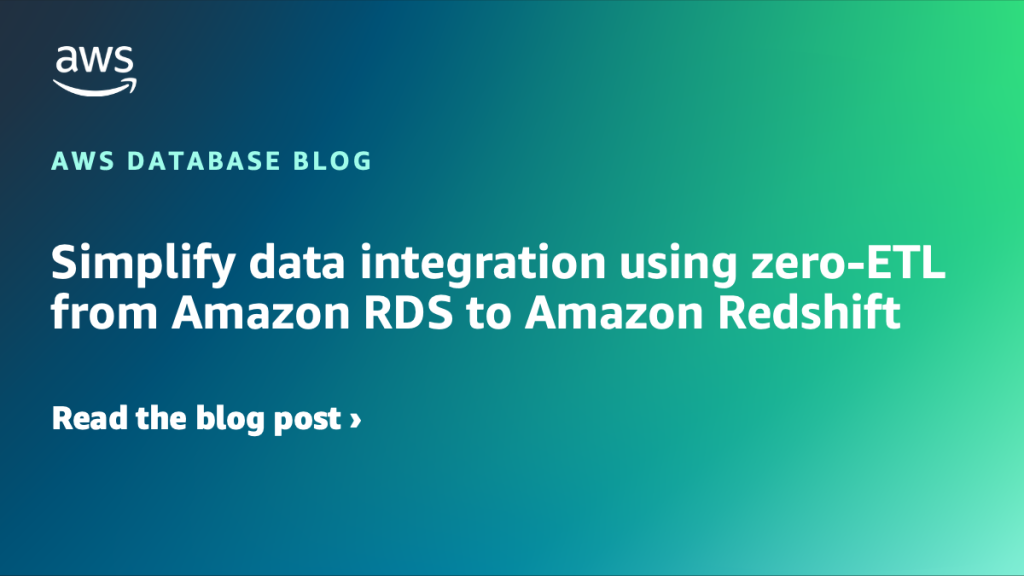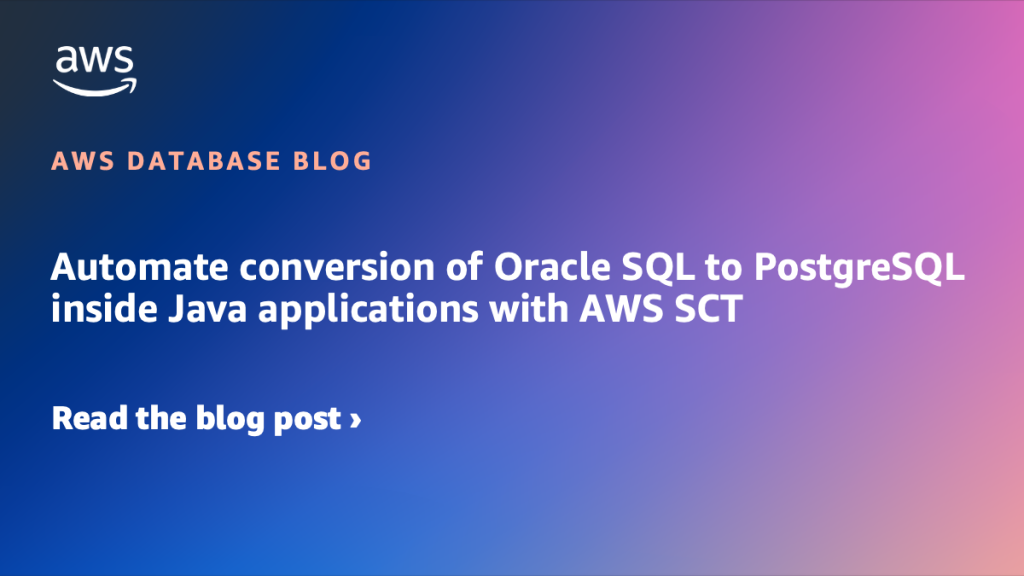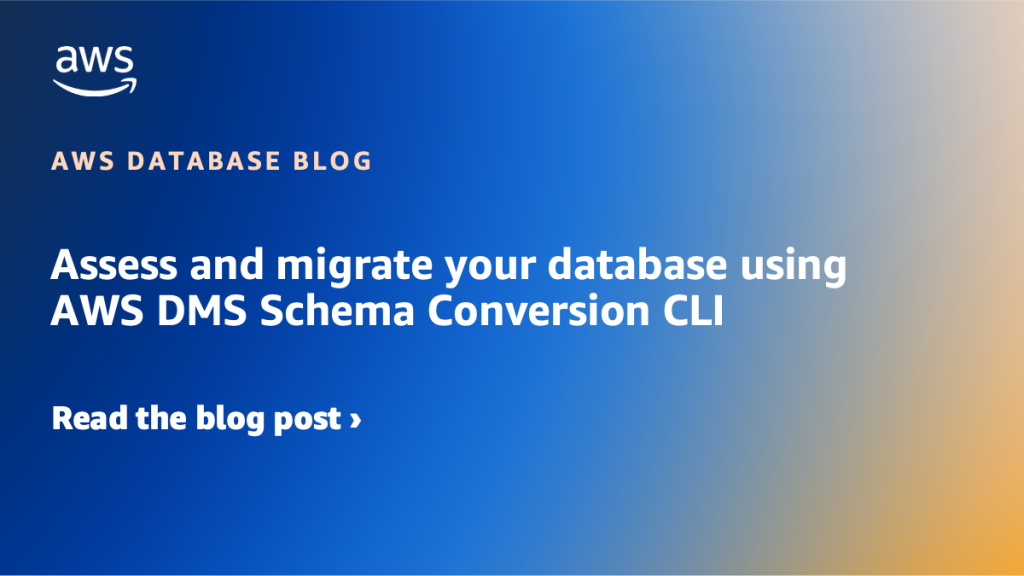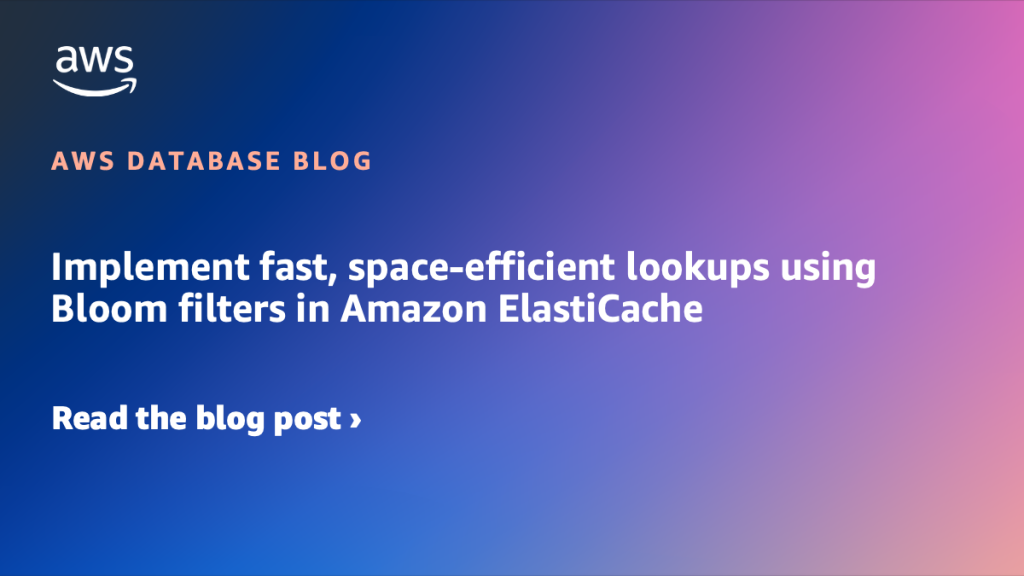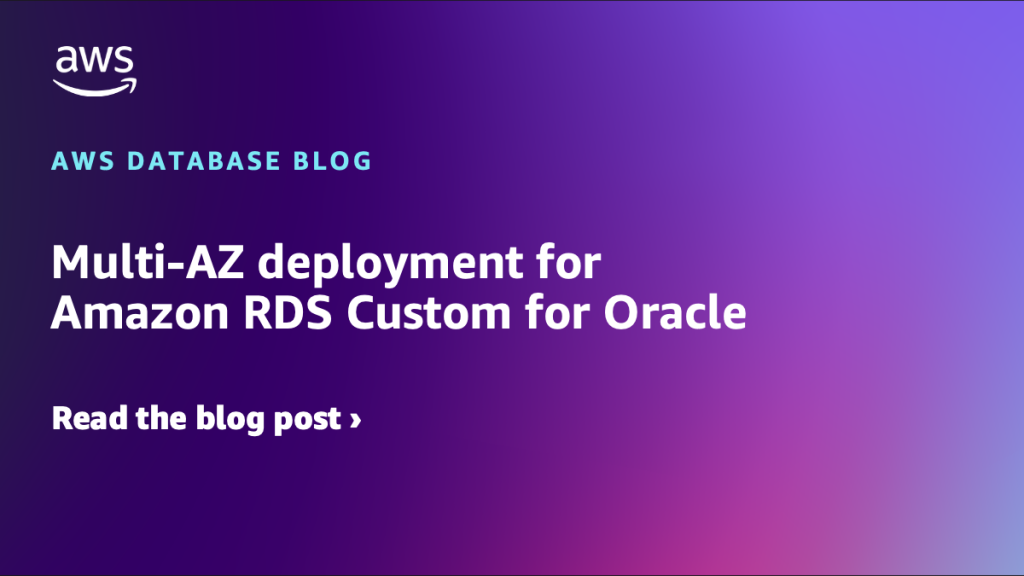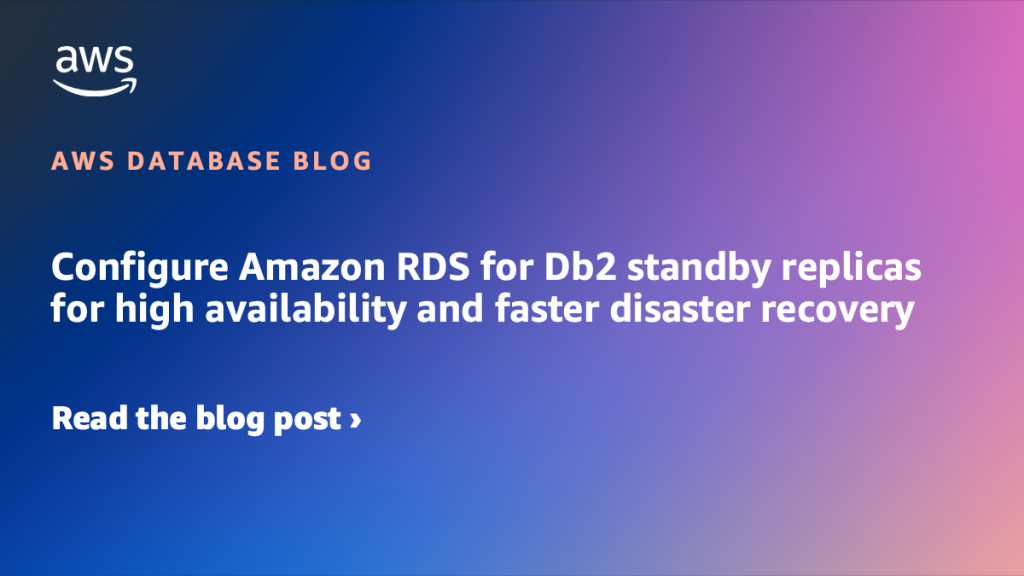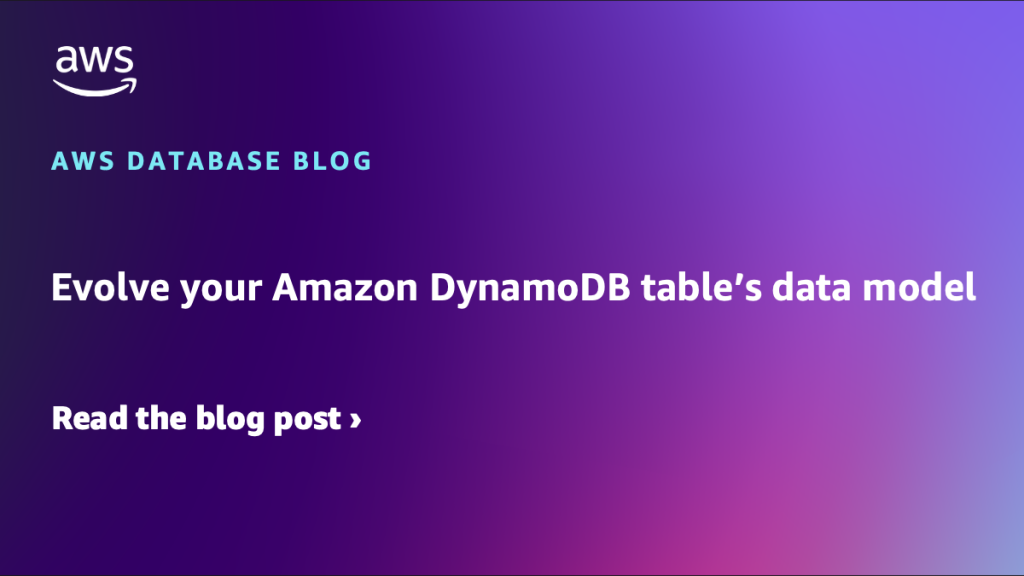AWS Database Blog
Category: Advanced (300)
Simplify data integration using zero-ETL from Amazon RDS to Amazon Redshift
Organizations rely on real-time analytics to gain insights into their core business drivers, enhance operational efficiency, and maintain a competitive edge. Traditionally, this has involved the use of complex extract, transform, and load (ETL) pipelines. ETL is the process of combining, cleaning, and normalizing data from different sources to prepare it for analytics, AI, and […]
Automate conversion of Oracle SQL to PostgreSQL inside Java applications with AWS SCT
This post demonstrates how to use AWS SCT to simplify and accelerate the migration of embedded Oracle SQL code within Java applications to PostgreSQL-compatible syntax. The solution focuses on a practical use case involving a source Oracle database coupled with a sample Java application containing numerous Oracle-specific SQL statements. By using AWS SCT, developers can automate much of the schema and SQL conversion process, reducing manual effort and minimizing errors during migration.
Improve PostgreSQL performance: Diagnose and mitigate lock manager contention
Are your database read operations unexpectedly slowing down as your workload scales? Many organizations running PostgreSQL-based systems encounter performance bottlenecks that aren’t immediately obvious. When many concurrent read operations access tables with numerous partitions or indexes, they can even exhaust PostgreSQL’s fast path locking mechanism, forcing the system to use shared memory locks. The switch […]
Assess and migrate your database using AWS DMS Schema Conversion CLI
In this post, we demonstrate how to use DMS Schema Conversion to assess an Amazon RDS for SQL Server database and convert it to Amazon Aurora PostgreSQL-Compatible Edition. We walk you through how to automate the setup and configuration of DMS Schema Conversion components, generate an assessment report, convert database storage and code objects, export the converted code to Amazon S3, and apply the converted code to the target database.
Implement fast, space-efficient lookups using Bloom filters in Amazon ElastiCache
Amazon ElastiCache now supports Bloom filters: a fast, memory-efficient, probabilistic data structure that lets you quickly insert items and check whether items exist. In this post, we discuss two real-world use cases demonstrating how Bloom filters work in ElastiCache, the best-practices to implement, and how you can save at least 90% in memory and cost compared to alternative implementations. Bloom filters are available in ElastiCache version 8.1 for Valkey in all AWS Regions and at no additional cost.
Assess and convert Teradata database objects to Amazon Redshift using the AWS Schema Conversion Tool CLI
AWS Schema Conversion Tool (AWS SCT) makes self-managed data warehouse migrations predictable by assessing and converting the source database schema and code objects to a format compatible with Amazon Redshift. In this post, we describe how to perform a database assessment and conversion from Teradata to Amazon Redshift. To accomplish this, we use the AWS SCT and its CLI, because it provides support for Teradata as a source database, complementing the wide range of assessments handled by AWS Database Migration Service (AWS DMS) Schema Conversion (DMS SC).
Multi-AZ deployment for Amazon RDS Custom for Oracle
In this post, we explore the benefits and features of Multi-AZ for RDS Custom for Oracle and how it helps improve the resilience of your database.
Configure Amazon RDS for Db2 standby replicas for high availability and faster disaster recovery
In this post, we demonstrate how to configure a standby replica for your RDS for Db2 instance. We also discuss best practices for setting up, monitoring, and managing standby replicas.
Evolve your Amazon DynamoDB table’s data model
In this post, we show you how to evolve your DynamoDB table’s data model to meet changing application requirements while maintaining zero downtime in production systems. We explore two main techniques with examples that you can apply to your own applications: Adding new attributes and Creating new entities.
Transform uncompressed Amazon DocumentDB data into compressed collections using AWS DMS
In this post, we discuss handling large collections that are approaching 32 TiB for Amazon DocumentDB. We demonstrate solutions for transitioning from uncompressed to compressed collections using AWS DMS. This migration not only accommodates larger uncompressed data volumes, but also significantly reduces storage, compute costs associated with Amazon DocumentDB and improves performance.
